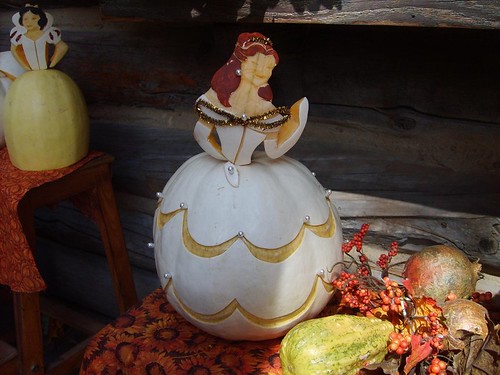Reading about any witch hunts/trials/executions is a pretty tragic, maddening experience. It's a sad look into how fears, superstitions, ignorance and prejudices can lead to cruelty and death. From a fairy tale perspective, it's interesting to note that, while not all cultures or individuals believed in witches, in different time periods belief in such supernatural forces was widespread. So, while people told stories about Hansel and Gretel or Baba Yaga, while they may not have taken the events of the tales themselves to be fact, they lived in a world in which such things were possible.
 The fairy tale connection was not lost on Schiff, either, who writes: "Rich in shape-shifting humans, fantastical flights, rash wishes, beleaguered servants, evil stepmothers, bewitched hay, and enchanted apples, the crisis in Salem resembles another seventeenth-century genre as well: the fairy tale. It took place in the wilderness, the address to which the hunter transports you when instructed to cut out your lungs and liver, where wolves follow you home. Salem touches on what is unreal but by no means untrue; at its heart are unfulfilled wishes and unexpressed anxieties, rippling sexual undercurrents and raw terror...Many charges had a fairy-tale aspect to them: spinning more wool than was possible without supernatural assistance, completing housework in record time, enchanting animals, inquiring too solicitously about a neighbor's illness, proffering poisoned treats." The world of Salem really did seem to overlap the world of fairy tales in the experience of those who lived there.
The fairy tale connection was not lost on Schiff, either, who writes: "Rich in shape-shifting humans, fantastical flights, rash wishes, beleaguered servants, evil stepmothers, bewitched hay, and enchanted apples, the crisis in Salem resembles another seventeenth-century genre as well: the fairy tale. It took place in the wilderness, the address to which the hunter transports you when instructed to cut out your lungs and liver, where wolves follow you home. Salem touches on what is unreal but by no means untrue; at its heart are unfulfilled wishes and unexpressed anxieties, rippling sexual undercurrents and raw terror...Many charges had a fairy-tale aspect to them: spinning more wool than was possible without supernatural assistance, completing housework in record time, enchanting animals, inquiring too solicitously about a neighbor's illness, proffering poisoned treats." The world of Salem really did seem to overlap the world of fairy tales in the experience of those who lived there.
And while it can seem hard to believe for us, looking back, blaming things on witchcraft was often just people's attempts at explaining the many mysterious occurrences in life. For towns such as Salem, they were isolated-news that reached them was little and often unreliable; science was primitive, and there were darkness and dangers all around them in many forms.
The events in Salem started when a group of young girls began to exhibit unusual and frightening symptoms that might look to us to be insanity, and is now generally agreed to have been mass hysteria (although there are other medical theories out there). It's a condition that tends to manifest itself under very oppressive cultures, such as the religious extremism of the Puritans. Most suffocated of all were the young females, who were expected to be completely obedient to their parents, their masters/mistresses, and eventually to their husbands. It was even a common practice for children to live with other families as apprentices or maids from as young as 6, to train them in obedience and work. There was no such thing as playtime or recreational time for Puritan children, and sadly many of the girls would have been exposed to physical and sexual abuse in their stations. These Cinderellas had no hope of ever escaping such a life, since it was all condoned by their culture (except the sexual abuse) and their adult lives were destined for constant work, absolute obedience, and the heartache and pain of bearing but probably losing many children.
What makes Salem different from other witch hunts (as far as I'm aware) is the fact that the central characters, who were initially inflicted by witchcraft (or so it was believed) and contained all the power to accuse and take lives-were young, unmarried girls. Their testimony was taken to be absolute fact, despite lack of proof. Although, according to the records we have (which are scanty and unreliable to begin with), there was really weird stuff going on there-the girls would claim that they were being bitten/struck, and then teeth marks or welts would appear on their skin, or they would produce pins from their bodies! All in the presence of witnesses.
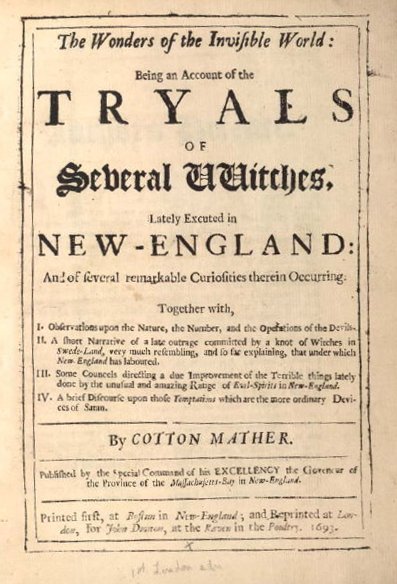 The first people the girls claimed were tormenting them were all women of the older generation, which strikes me as echoing the classic conflict of most fairy tales that feature young women-the younger verses the older generation; the younger and more beautiful triumphing over the now irrelevant mothers, grandmothers, and widows. The accused had virtually no chance of pleading their case, for their guilt was assumed, and the testimony of the bewitched was all the proof that was considered needed. Although most insisted they were innocent, a few offered very colorful confessions of their satanic ceremonies, broomstick flying, and pledging themselves to the devil. Yet, accusations kept building to include more and more people-some men were tried as witches, even a five year old girl (the daughter of one of the original women).
The first people the girls claimed were tormenting them were all women of the older generation, which strikes me as echoing the classic conflict of most fairy tales that feature young women-the younger verses the older generation; the younger and more beautiful triumphing over the now irrelevant mothers, grandmothers, and widows. The accused had virtually no chance of pleading their case, for their guilt was assumed, and the testimony of the bewitched was all the proof that was considered needed. Although most insisted they were innocent, a few offered very colorful confessions of their satanic ceremonies, broomstick flying, and pledging themselves to the devil. Yet, accusations kept building to include more and more people-some men were tried as witches, even a five year old girl (the daughter of one of the original women).
Cotton Mather's contemporary account of the trials
For all that is known about the Salem Witch Trials, so much remains a mystery. To what extent were the young girls responsible for sending twenty people to death, any many more to months in a jail (in which the conditions were horrible)? Why did some of the accused witches confess (their confessions sometimes contradicted each other), and how could a relatively intelligent council of college-educated men have taken such testimonies as the only source of truth? Even if you accept the possibility of witchcraft, couldn't a clever witch cause a victim to have a vision of an innocent person torturing them? It was believed the Devil could only use someone's form with their permission, but one of the accusers even later admitted that the Devil had tricked her into accusing innocent people.
Joseph E. Baker's 1892 lithograph of the trials
By the way, if you're interested in reading more, I (and many other readers) would probably recommend that you choose a different book on the topic-this book, while informative, has many flaws (reviews on Goodreads or Amazon can explain why in more detail). Overall, it's a fascinating but very sad topic to read about, but at least it makes me grateful that our justice system-despite its imperfections-is far, far better than that of Salem's in 1692.

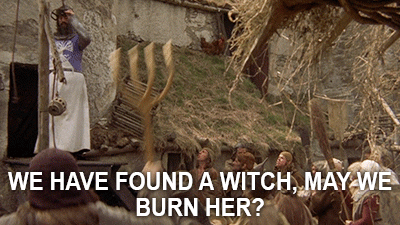





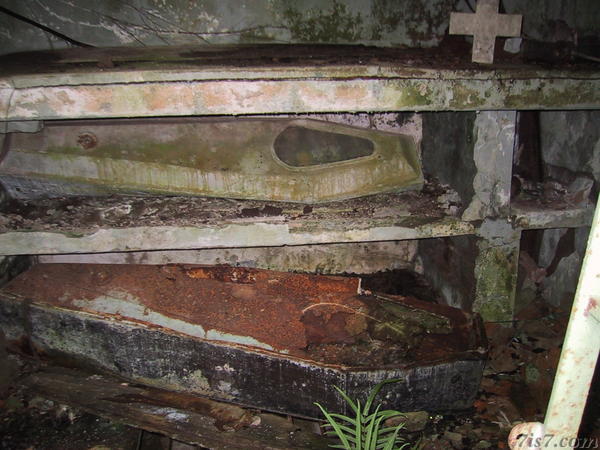




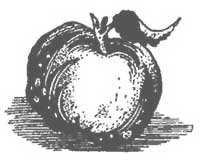
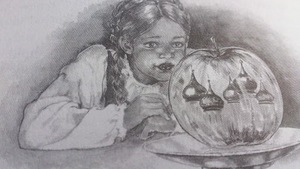

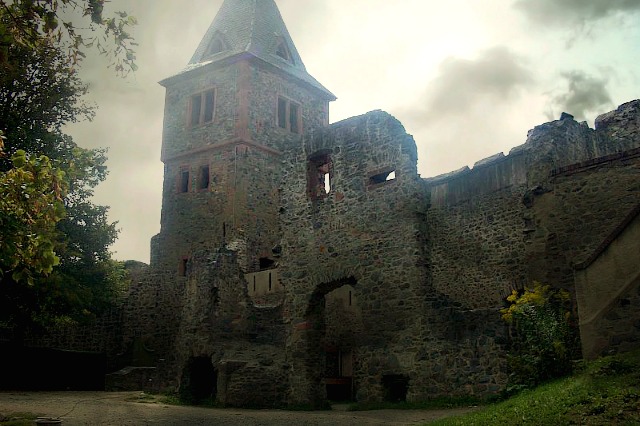
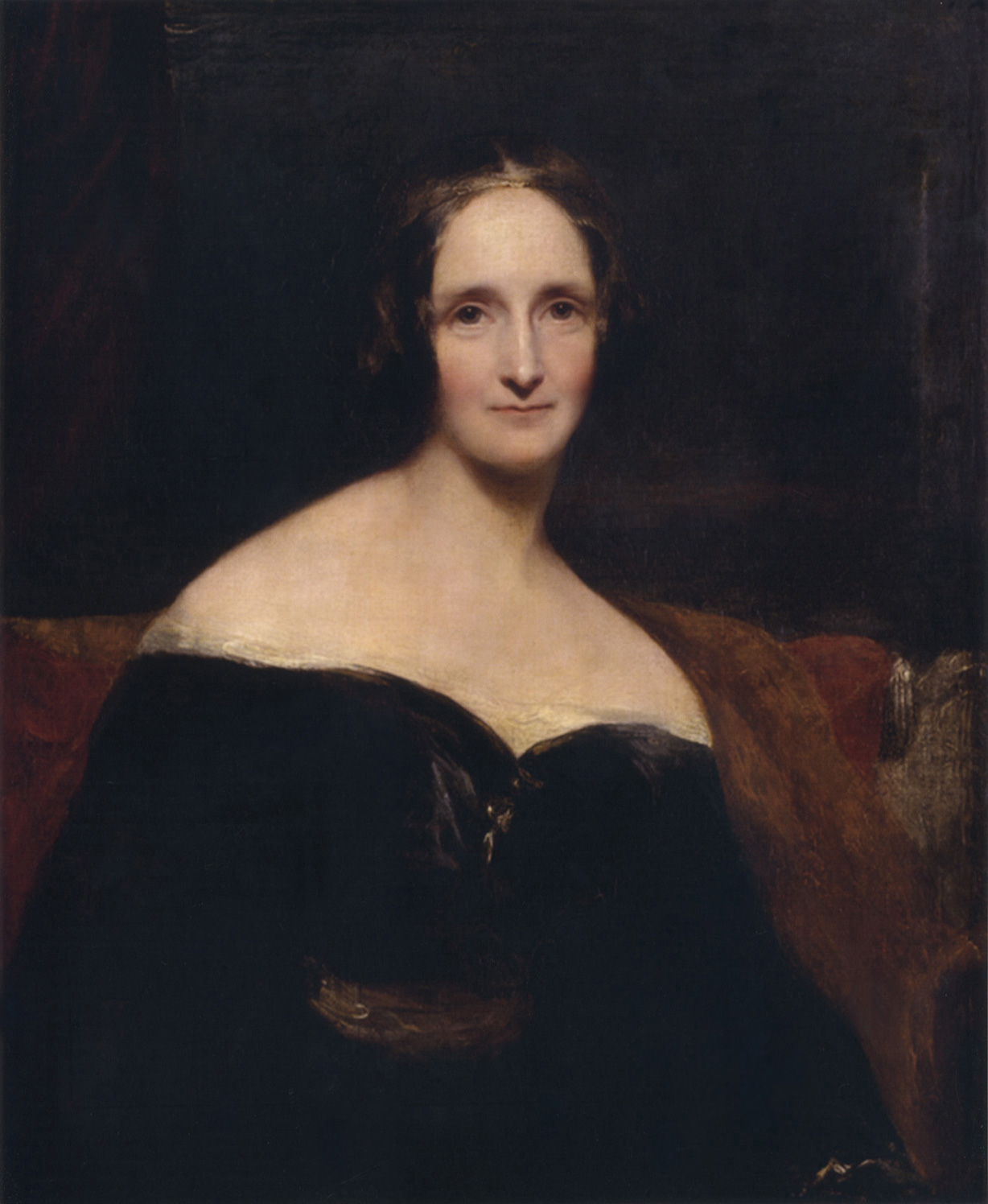

.jpg)









